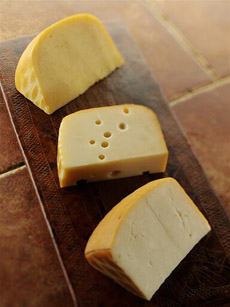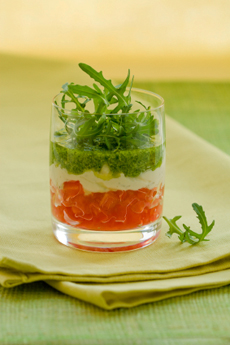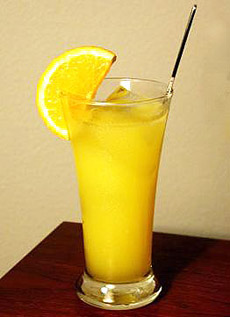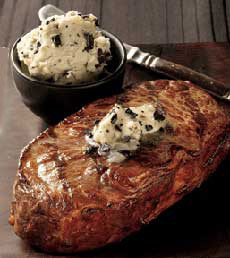| Do you love trying new fruit-flavored spreads on toast or PB&J sandwiches? Do you like to fill layer cakes with preserves? Do you like adding preserves to your barbecue sauce, or using it to make a pan reduction sauce for meat and poultry?*
Regardless of how you enjoy your preserves, you’ll be enjoying more flavors of them if you are one of the five lucky winners to win Smucker’s newest preserves, the Orchard’s Finest line.
Orchard’s Finest preserves are real fruit sweetened with sugar, free of artificial colors and preservatives. Flavors include Coastal Valley Peach Apricot, Fall Harvest Cinnamon Apple, Michigan Red Tart Cherry, Northwest Triple Berry, Northwoods Blueberry and Pacific Mountain Strawberry.
Retail Value Of Prize: Approximately $24.00.
*To make a reduction sauce, add 1 cup preserves, 1 teaspoon balsamic vinegar, 1/4 teaspoon salt and 1/8 teaspoon pepper to the pan juices. Cook 30 seconds or until preserves are melted, scraping pan to loosen browned bits. |
|
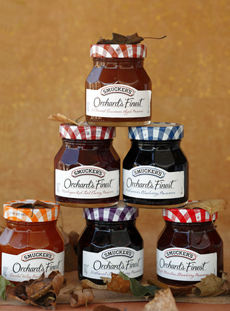
Win the new line of Orchard’s Preserves from
Smucker’s. Photo by Katharine Pollak | THE NIBBLE. |

